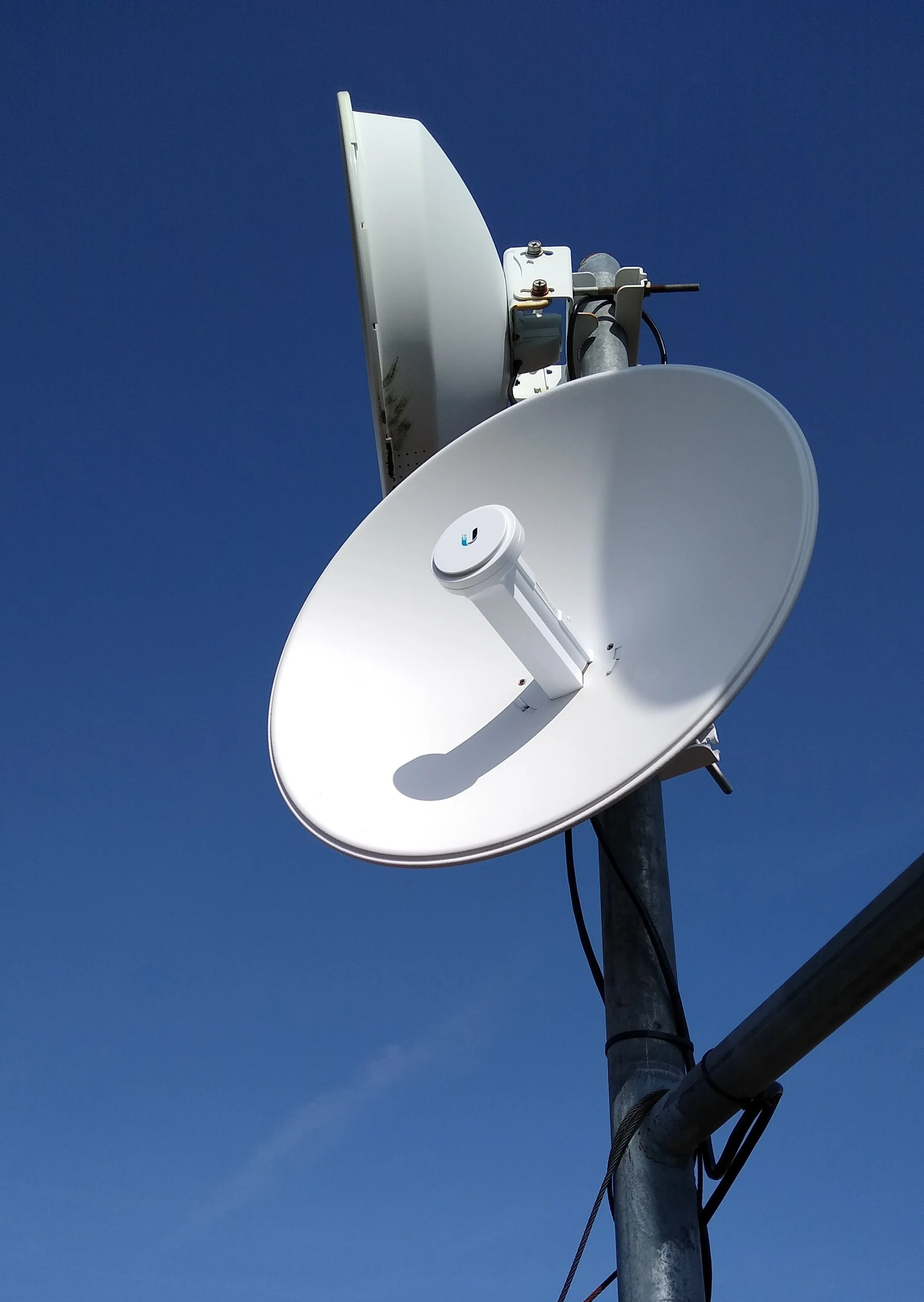White-tailed Eagles
In the autumn of 2021 WW was fortunate to win a contract with RSPB Scotland to upgrade their whole wildlife watching system associated with the RSPB Loch Garten Visitor Centre. This included the installation of the first live close-up White-tailed Eagle nest camera in the UK from a nest located with the Cairngorms Connect Partnership Area.
A site recce was done and immediate plans put into place to install the camera on a nest that had been used 7 out of the last 8 years.
As part of the camera system upgrade RSPB were also upgrading their network infrastructure by working with a company called External Reality based in Inverness. Richard Allan of E.R. is a rural broadband genius and was able to design and set up a network system in the area to incorporate the wildlife cameras and provide increased capacity for RSPB.
The resident WTEs started visiting the nest regularly from December and laid their first egg on March 6th. Two eggs were laid and diligently incubated by both adults (colour-ringed birds from the west of Scotland). Often incubation was happening with the birds were covered in snow! Both eggs hatched and both chicks fledged from the nest......all watched live on screens in the Loch Garten V.C.
This nest camera had a lot of interest; it was featured on Landward and Springwatch 2022.
Wildlife Windows and External Reality were nominated for and reached the finals in the innovation category of the Nature Scot Awards 2022
In 2019 we were also commissioned by Forestry England (working with the Roy Dennis Wildlife Foundation) to set up monitoring cameras within and around the release pens for the Isle of Wight WTE reintroduction project.
WTEs start their nesting process very early and are prone to disturbance around the nest so the system needed to be installed months before they would be nesting seriously. A permit was obtained from Nature Scot and the system installed by the end of October.
We adopted methods used in eastern Europe to hide the camera, a very small camera fitted into a bored-out Scots pine branch.
Sending live video from the nest back to Loch Garten was challenging as the nest site was so remote. Off-grid solar/battery power was needed together with a long cable run and a reliable means of sending the video feed over many miles of harsh terrain, ‘bouncing’ signals from hilltop to hilltop.










